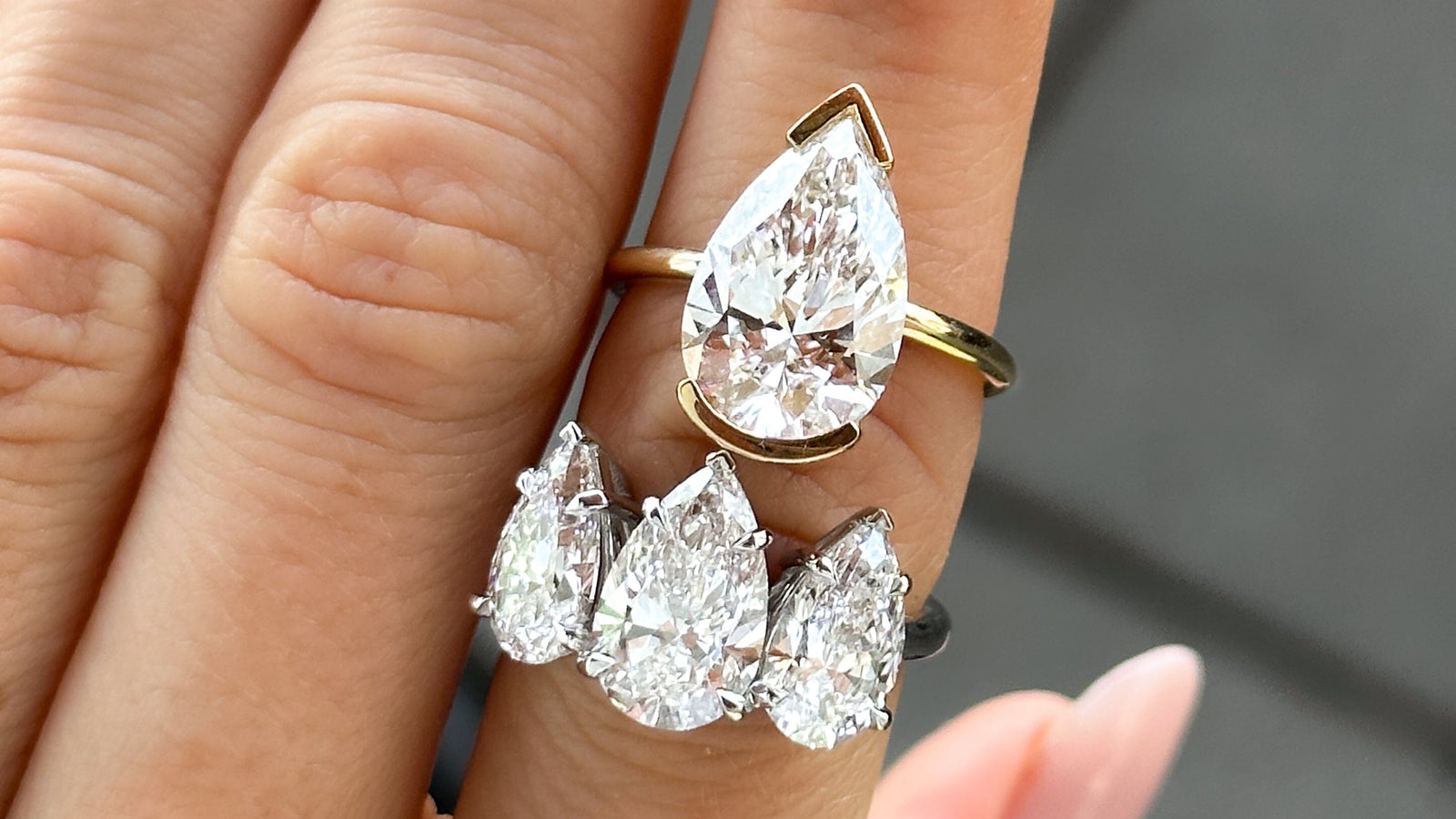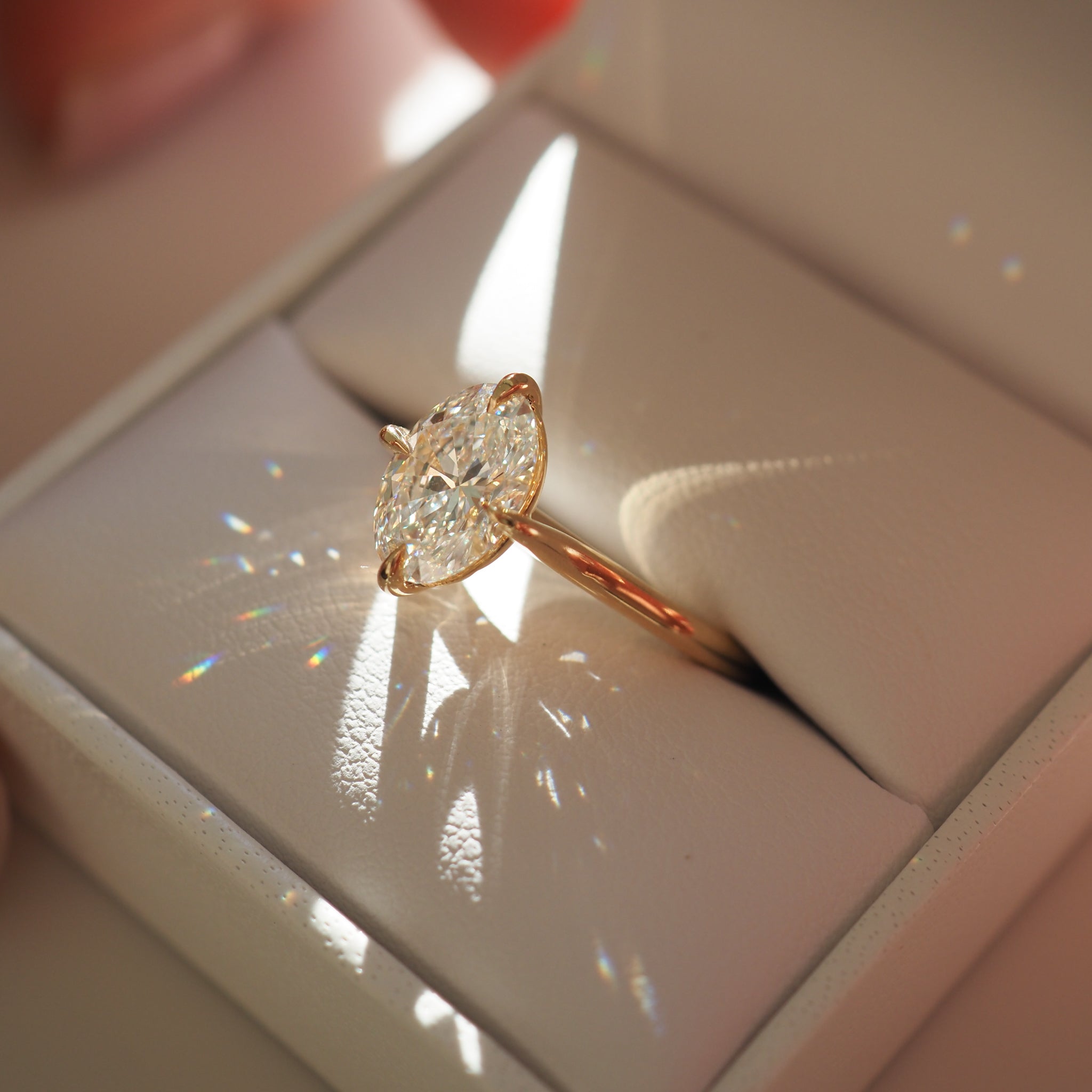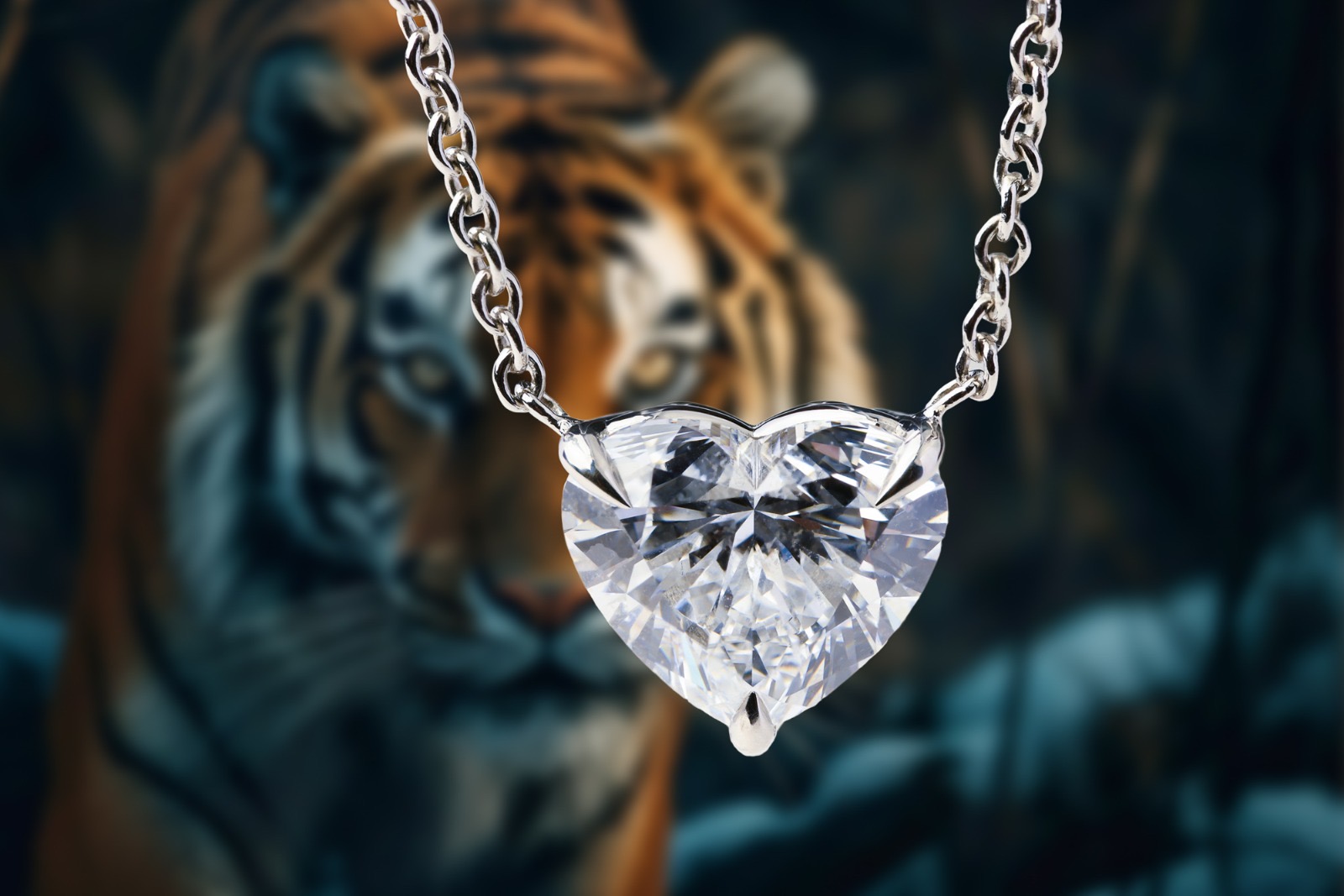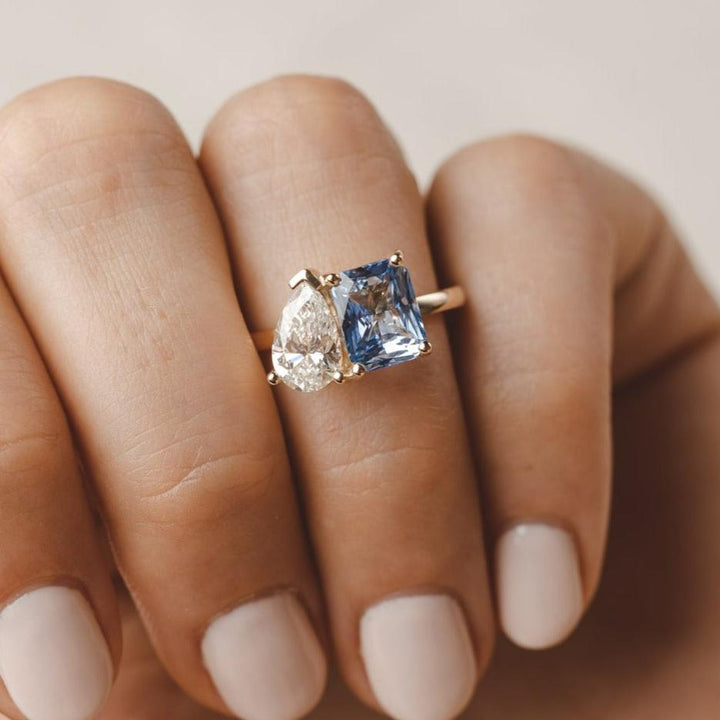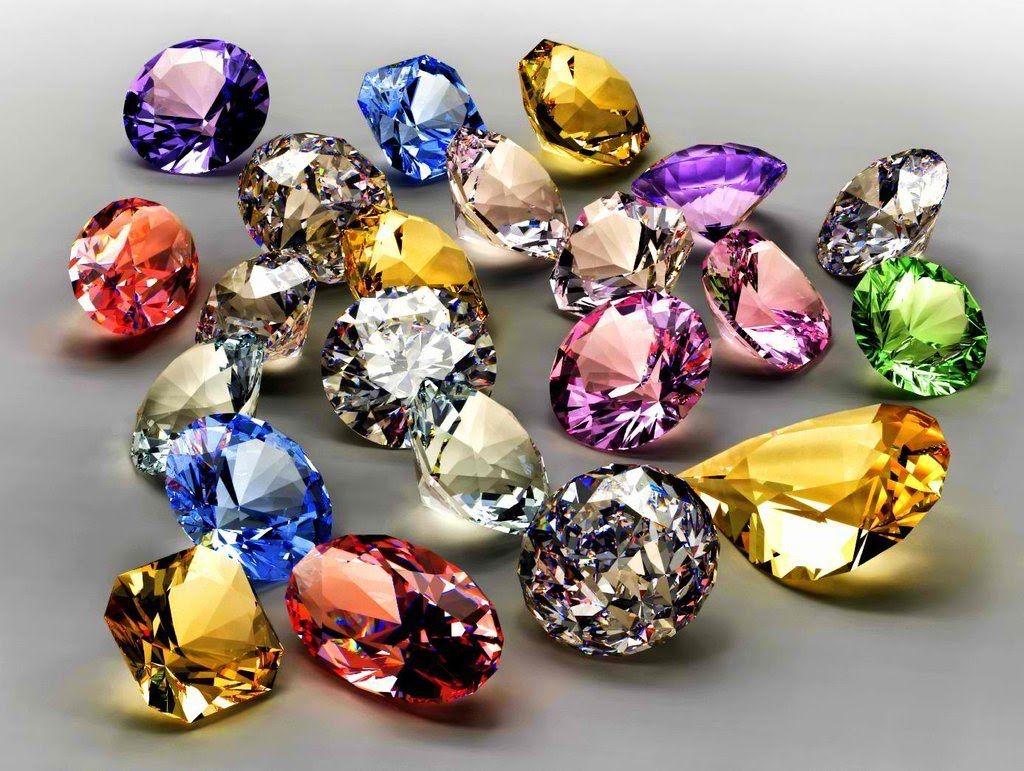Mined Diamonds and the Karma Conundrum: Exploring Ethical Alternatives

1. Introduction
Hey there, diamond enthusiasts! Ever stopped to think about the journey of that sparkling gem on your finger? Diamonds have long symbolized love, luxury, and commitment, but there’s a darker side to the glitz and glamour. In this article, we’ll delve into the world of mined diamonds and the shadow of bad karma that often accompanies them.
2. What Are Mined Diamonds?
Formation Process
Mined diamonds, as the name suggests, are extracted from deep within the Earth’s crust. They’re born through a geological process that involves immense pressure and heat acting upon carbon over millions of years.
Environmental Impact
However, this extraction comes at a cost. Traditional diamond mining methods ravage landscapes, Mined Diamonds and bad karma, disrupt ecosystems, and contribute to pollution. It’s a high price to pay for a tiny piece of sparkle.
3. The Issue of Bad Karma
Ethical Concerns
One of the most significant issues with mined diamonds is the ethical dilemma they pose. Many diamonds are sourced from conflict zones where the proceeds fund violence and exploitation. This dark reality tarnishes the beauty of the gem, leaving a stain on its allure.
Social Impact
Moreover, the human toll of diamond mining cannot be overlooked. Miners often endure harsh working conditions, inadequate wages, and health hazards. It’s a stark reminder that behind every glittering stone lies a human story, often one of struggle and hardship.
4. The Rise of Lab-Grown Diamonds
How They’re Made
Enter lab-grown diamonds, the eco-conscious alternative to their mined counterparts. These gems are created in controlled laboratory environments using advanced technology that replicates the natural diamond-growing process. The result? Ethically and sustainably produced diamonds without the environmental destruction.
Environmental Benefits
Unlike traditional mining, lab-grown diamonds leave a minimal environmental footprint. They require less energy, produce fewer emissions, and don’t involve destructive mining practices. It’s a win-win for both consumers and the planet.
5. Karma in Consumer Choices
Conscious Consumerism
As consumers become more aware of the social and environmental impact of their purchases, the demand for ethically sourced products is on the rise. By opting for lab-grown diamonds, individuals can align their values with their purchasing decisions, ensuring that their sparkle doesn’t come at the cost of someone else’s suffering.
Supporting Ethical Brands
Choosing lab-grown diamonds also supports companies that prioritize ethics and sustainability. By voting with their wallets, consumers send a clear message to the industry that unethical practices will no longer be tolerated. It’s a small shift with significant implications for the future of diamond sourcing.
6. Changing Perspectives
Shifting Industry Standards
The emergence of lab-grown diamonds is driving a paradigm shift in the diamond industry. Traditional mining companies are facing increasing pressure to adopt more sustainable practices or risk becoming obsolete. It’s a wake-up call that’s reverberating throughout the sector.
Impact on Traditional Mining Communities
While the transition to lab grown diamonds may disrupt traditional mining communities, it also presents opportunities for economic diversification and development. By investing in alternative livelihoods and sustainable industries, these communities can chart a more prosperous and equitable future.
7. Conclusion
In conclusion, the concept of bad karma surrounding mined diamonds is a sobering reminder of the hidden costs of luxury. However, with the rise of lab-grown diamonds and a growing emphasis on ethical consumerism, there’s hope for a brighter, more sustainable future. By making conscious choices and supporting ethical brands, we can ensure that our love for diamonds doesn’t come at the expense of our values.

